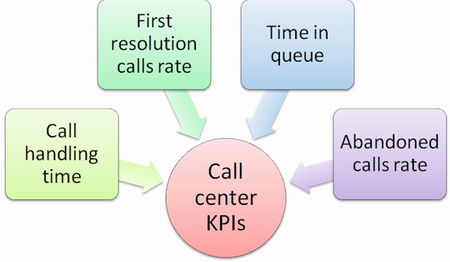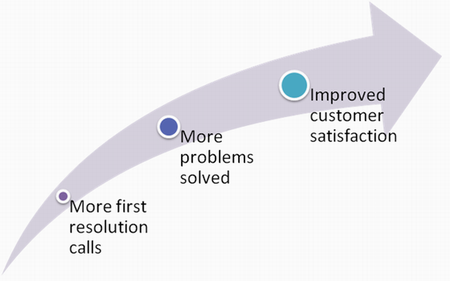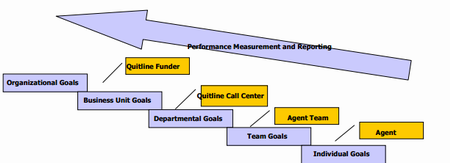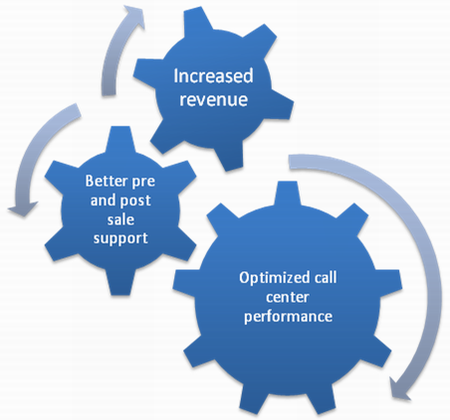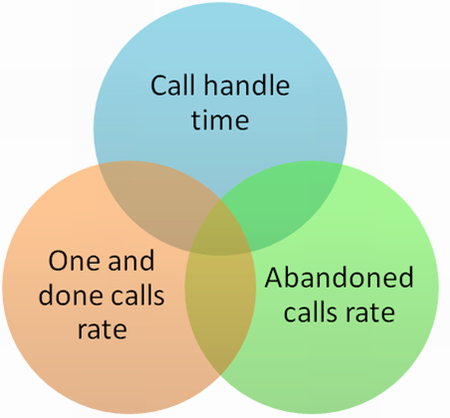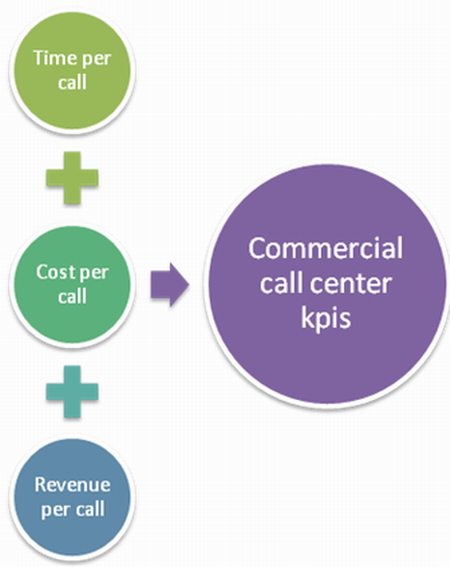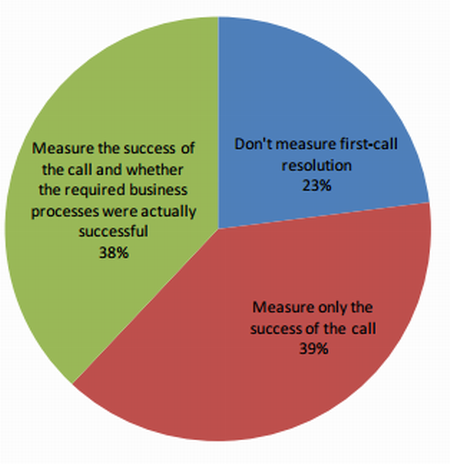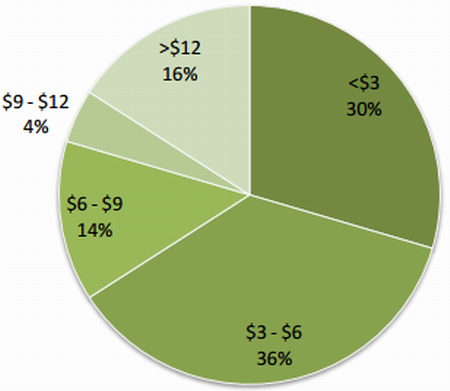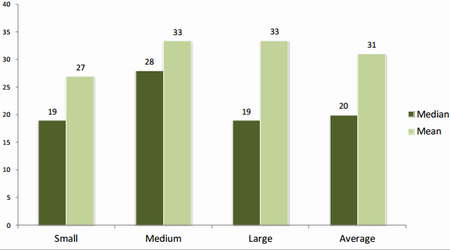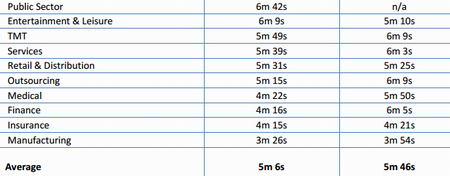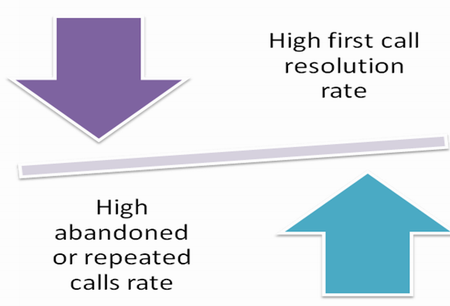Having a good and stable helpdesk system is not a luxury. If you have more than one employee who does support for you then you need to share an access to the corporate emails with them. I was using osTicket as a free alternative, it’s good when you know some php and can solve problems that appears on your own, but when it comes to larger scales fixing problems is not what you want dedicate your efforts to.
Recently, I’ve came across JitBit’s helpdesk ticketing system. For the first look their feature set looks impressive, so before going into the detailed research I looked at pricing options available.
Basically they offer two types of licence:
- Classical license that starts from $799 for a small company, and
- Software as a Service (SaaS) license that is from $24.92 per month
I’m sure that your choice will also be between freeware solutions available on the market and paid solutions. Here is why you might want to go to the commercial software.
Having smartphone support
Those who tried accessing classical help desk system know that it is a night mare. Responsive design is not supported and you need to resize screen. Sometimes an answer that you was typing for a long time get deleted because of a click that you did not want to make.
JitBit offers for a support ticketing an access via smart phones, so for those who travel and need to attend their corporate email it will be a perfect solution.
Reporting
If you are at management position then one day or another you will need to have a reporting linked to your help desk system. Again, if you know some php you might query database of free help desk, but believe me, it is not the easiest task.
For example, getting a simple indicator like “Average ticket response time” is a challenging task. For sure, commercial systems support reporting more and you can expert to get some meaningful information faster.
Automation
Sometimes you wish you could make some rules to automate ticket assignment or make some autoresponse message for a case users are writing about an old product. With commercial help desk, for example with JitBit, this is easier, just set up an auto response template and that’s it!
Integration into website
Finally, I’m sure you worked with contact forms on the website. They are a night mare for any webdesigner because they are constantly attacked and you also need to think about sending a message to your helpdesk.
For example, with JitBit you can integrate it into your website, so no more fighting with complicated HTML forms!
